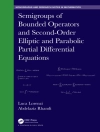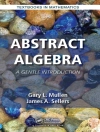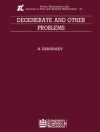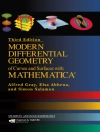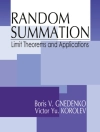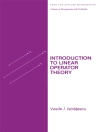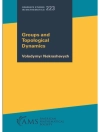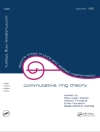In the Leibniz-Newton calculus, one learns the di?erentiation and integration of deterministic functions. A basic theorem in di?erentiation is the chain rule, which gives the derivative of a composite of two di?erentiable functions. The chain rule, when written in an inde?nite integral form, yields the method of substitution. In advanced calculus, the Riemann-Stieltjes integral is de?ned through the same procedure of "partition-evaluation-summation-limit" as in the Riemann integral. In dealing with random functions such as functions of a Brownian motion, the chain rule for the Leibniz-Newton calculus breaks down. A Brownian motionmovessorapidlyandirregularlythatalmostallofitssamplepathsare nowhere di?erentiable. Thus we cannot di?erentiate functions of a Brownian motion in the same way as in the Leibniz-Newton calculus. In 1944 Kiyosi It o published the celebrated paper "Stochastic Integral" in the Proceedings of the Imperial Academy (Tokyo). It was the beginning of the It o calculus, the counterpart of the Leibniz-Newton calculus for random functions. In this six-page paper, It o introduced the stochastic integral and a formula, known since then as It o’s formula. The It o formula is the chain rule for the It ocalculus.Butitcannotbe expressed as in the Leibniz-Newton calculus in terms of derivatives, since a Brownian motion path is nowhere di?erentiable. The It o formula can be interpreted only in the integral form. Moreover, there is an additional term in the formula, called the It o correction term, resulting from the nonzero quadratic variation of a Brownian motion.
Hui-Hsiung Kuo
Introduction to Stochastic Integration [PDF ebook]
Introduction to Stochastic Integration [PDF ebook]
Beli ebook ini dan dapatkan 1 lagi GRATIS!
Bahasa Inggris ● Format PDF ● ISBN 9780387310572 ● Penerbit Springer New York ● Diterbitkan 2006 ● Diunduh 6 kali ● Mata uang EUR ● ID 5024637 ● Perlindungan salinan Adobe DRM
Membutuhkan pembaca ebook yang mampu DRM


